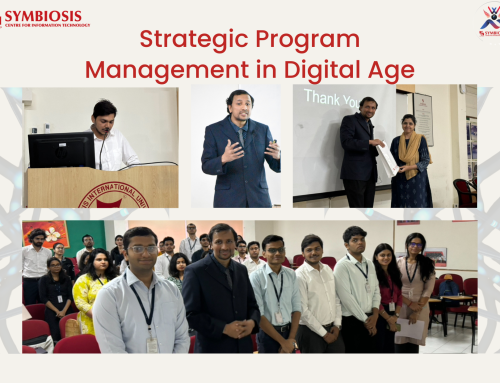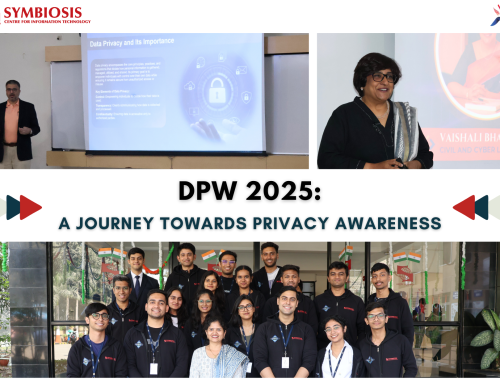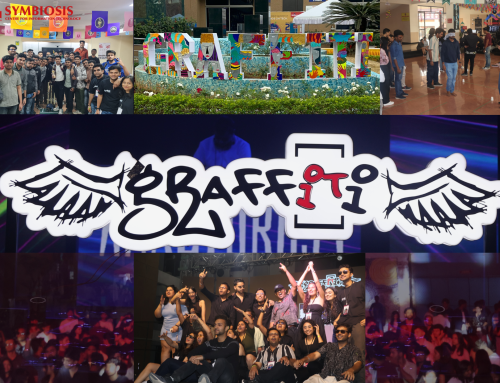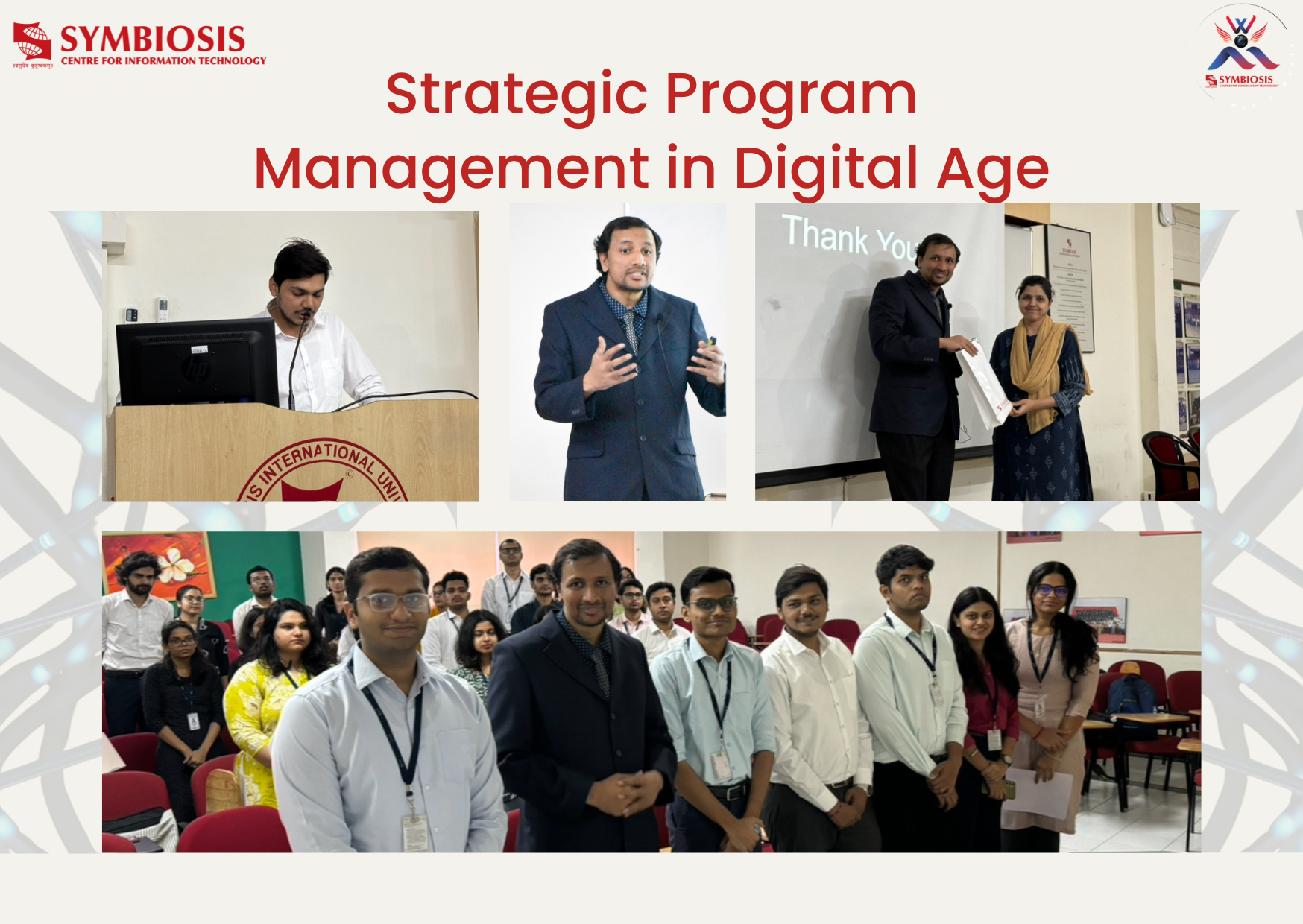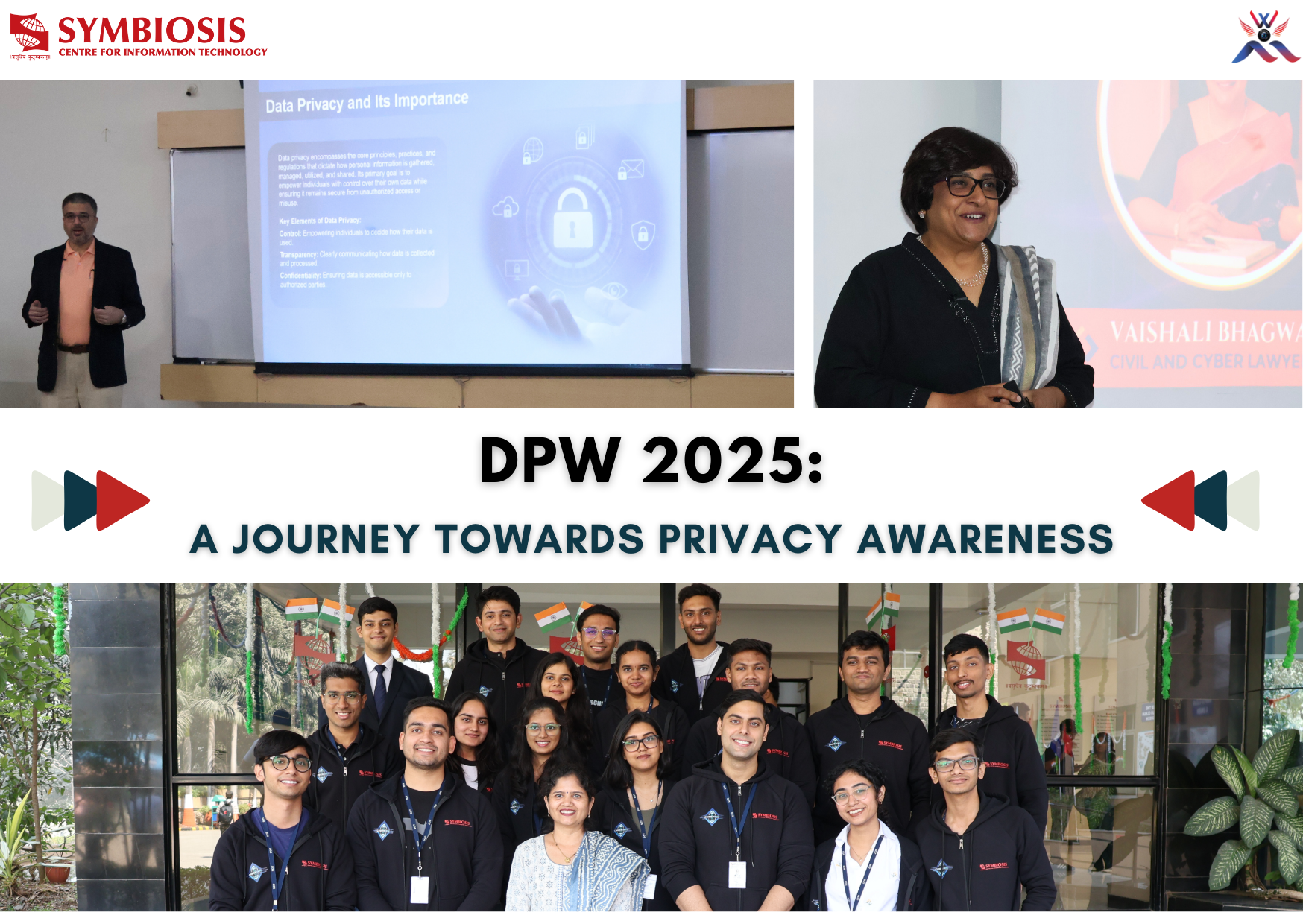Augmented Reality in Retail and Marketing
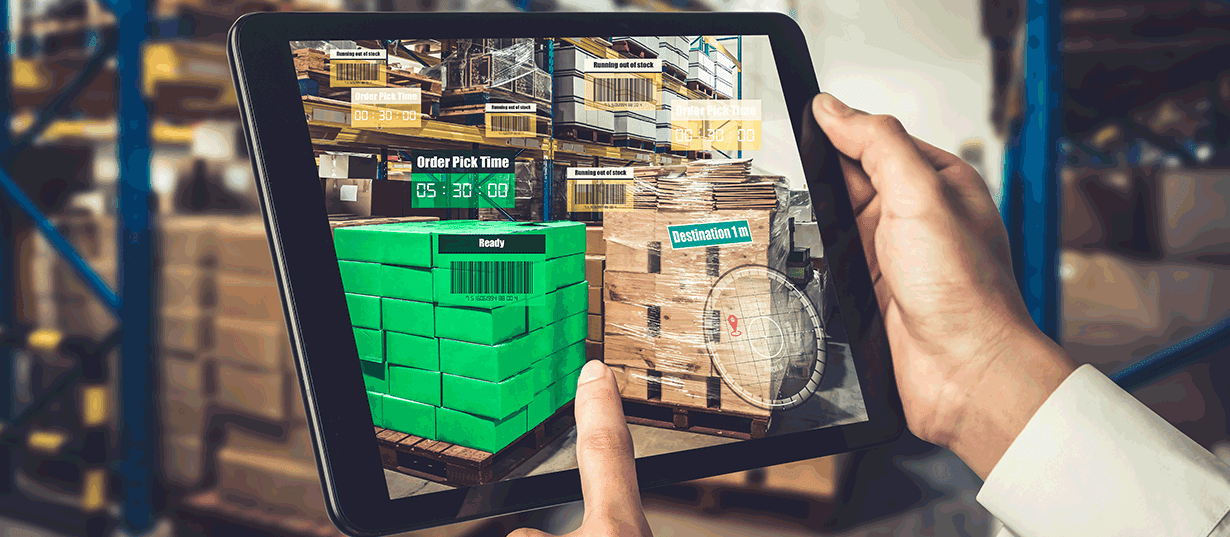
Augmented Reality in Retail and Marketing: (How AR is changing the way customers interact with products and brands)
Augmented Reality (AR): To improve the user’s experience, Augmented Reality (AR) leverages the current physical environment and overlays virtual data or even a virtual world. Consider the game Pokemon Go, where players look for animated characters that appear on their phones while walking around their actual communities. It uses the real-world environment and puts virtual information. When a business understands AR and how to utilize it successfully, everyone can work remotely while collaborating efficiently.
AR has revolutionized how consumers engage with products and companies, significantly impacting the retail and marketing landscapes. Some ways AR is used in retail and marketing are Virtual try-ons and product placement, which allows customers to try on the products before they make the actual purchase. It is more beneficial and prevalent in the cosmetic and clothing industry. For example, Nykaa uses AR to let customers try different lipstick shades. Customers can use AR for product visualization, which can help them understand how the product works and what it looks like. It is more used by furniture and appliance companies like IKEA, which uses AR to let customers visualize how furniture will look in their homes. Brands also use it to create brand awareness, wherein it tries to create interactive experiences, like how Nike uses AR to let customers make their custom sneakers.
In Conclusion, AR is redefining customers’ experience by reducing returns, increasing brand awareness, and much more. As the technology continues to evolve, we expect to see even more innovative and creative ways for AR in retail and marketing.

